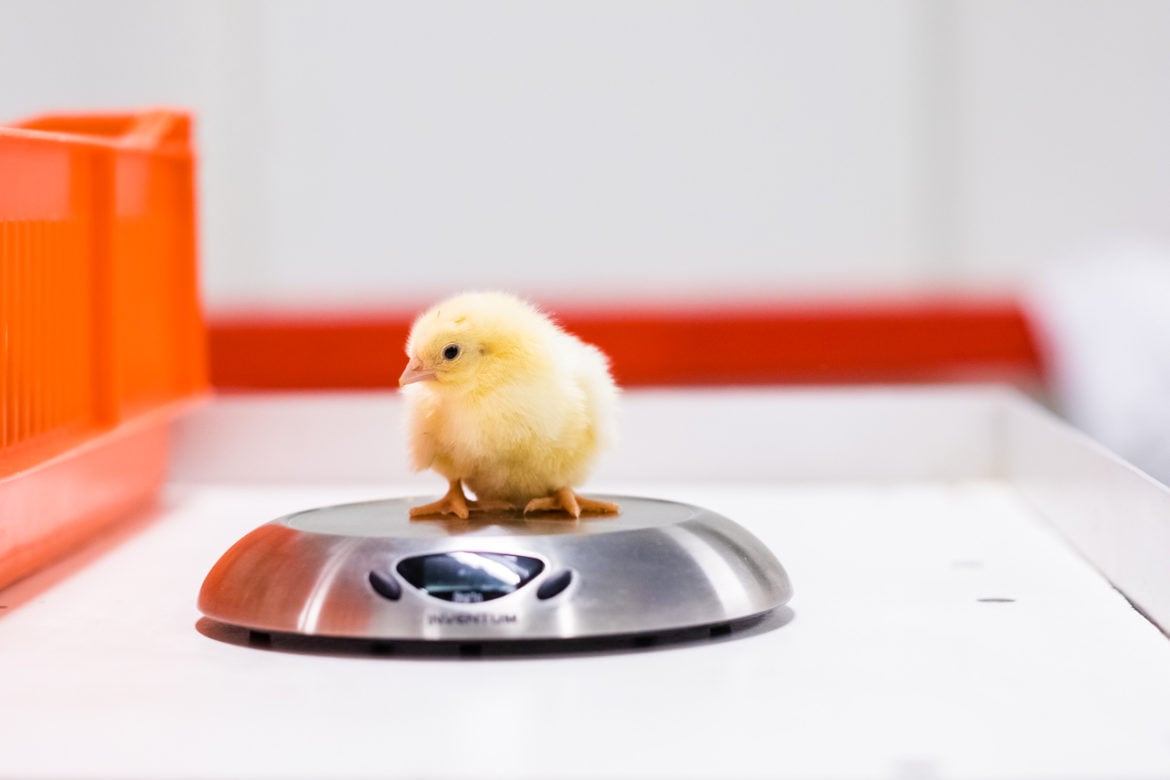
Throughout the poultry production chain there are multiple phases influencing chick quality or poultry performance. Parent stock management, egg transport and storage, incubation, chicken hatchery management and day-old chick transport determine the performance on the farm. For this article we focus on the effect of transport on poultry performance.
The Current State of Poultry Performance
The measurement of poultry performance is done by dividing the amount of feed consumed by the gain in chick weight or number of eggs laid, resulting in the feed conversion ratio (FCR). Where poultry producers in the ‘80s reached an average FCR of 2.5, nowadays that number is reduced to 1.6 or even lower. Broilers of today can reach a weight of 2.5 kg or more in just 39 days. Laying hens produce an average of 330 eggs per year, by using 2kg of feed per kilogram of egg. When we compare the current numbers to those of the ‘60s, chick growth rates doubled and feed conversion rates halved.
The Effect of Transport on Poultry Performance
A deciding factor for these high poultry performance numbers is the quality of day-old chicks upon arrival at the farm. Although it is difficult to assess the specific contribution of transport to poultry performance, research has shown that poultry transport is considered a critical point in the production chain. Influencing factors during transport can be: loading and unloading, trip duration, ventilation, humidity, shocks and vibrations, noise, poultry hygiene, and most importantly, climate. Especially temperature during poultry transport is a deciding factor for chick health, chick quality and poultry performance.
During transport, the body temperatures of day-old chicks should remain between 39.5-40°C. Not all chick trucks or trailers are optimally designed to maintain a well-climatized micro-environment in severe meteorological conditions. When inferior transport systems face extreme weather, it will have a negative effect on poultry welfare and, ultimately, on poultry performance.
Heering designs poultry transport units solely for the purpose of maintaining the optimal climate conditions for day-old chicks, hatching eggs or live birds during transit.
Curious how we do this? Reach out for more information.